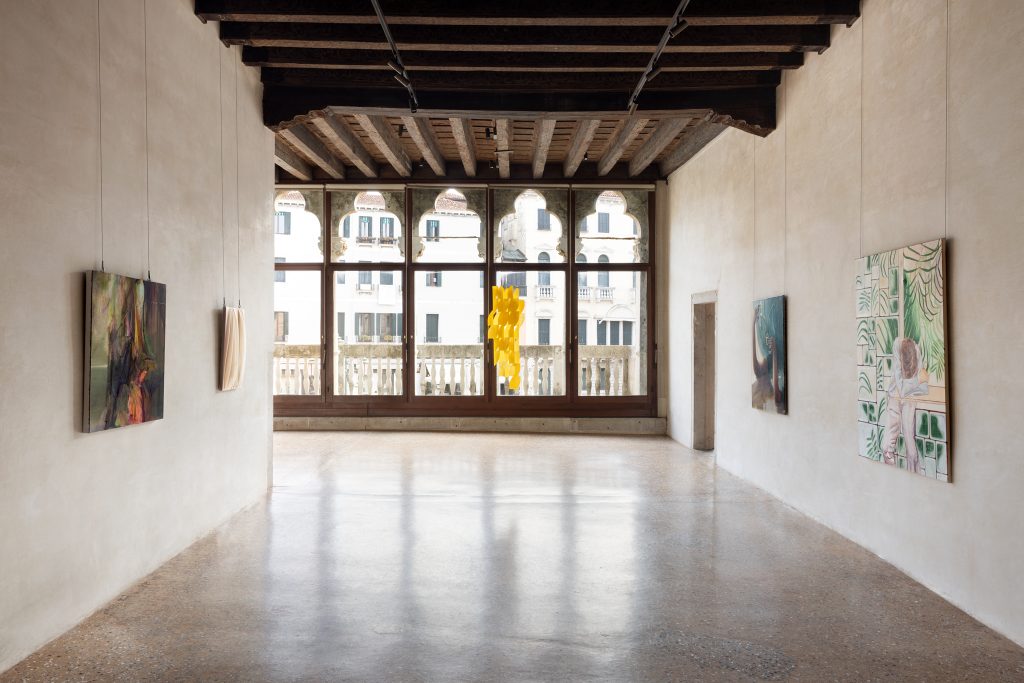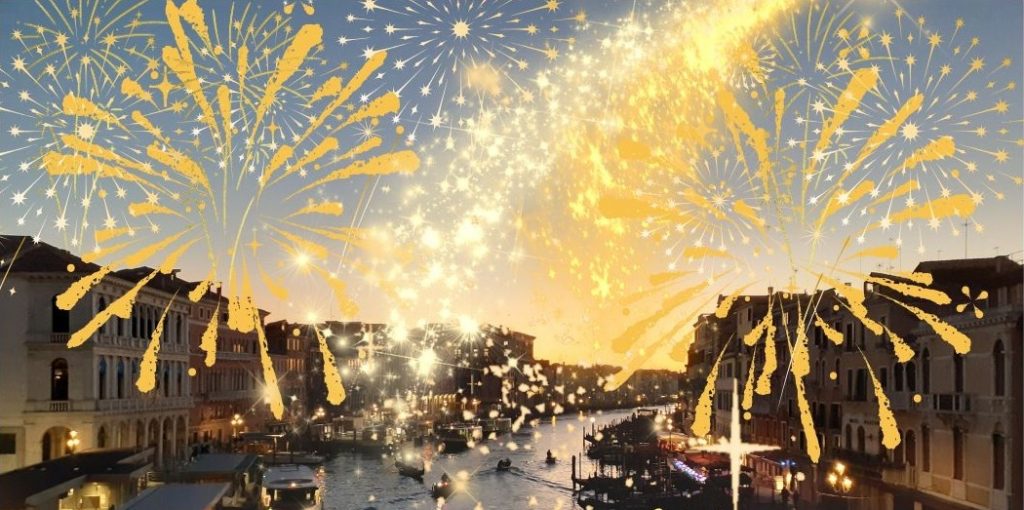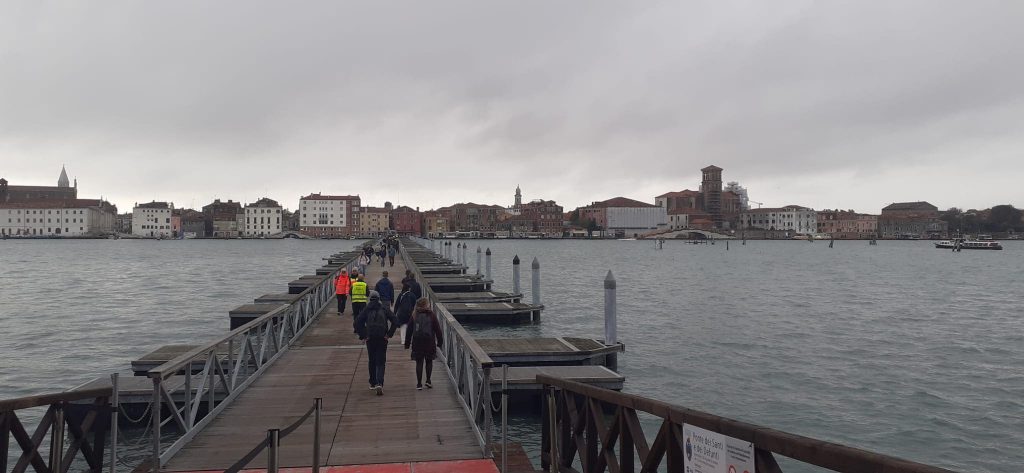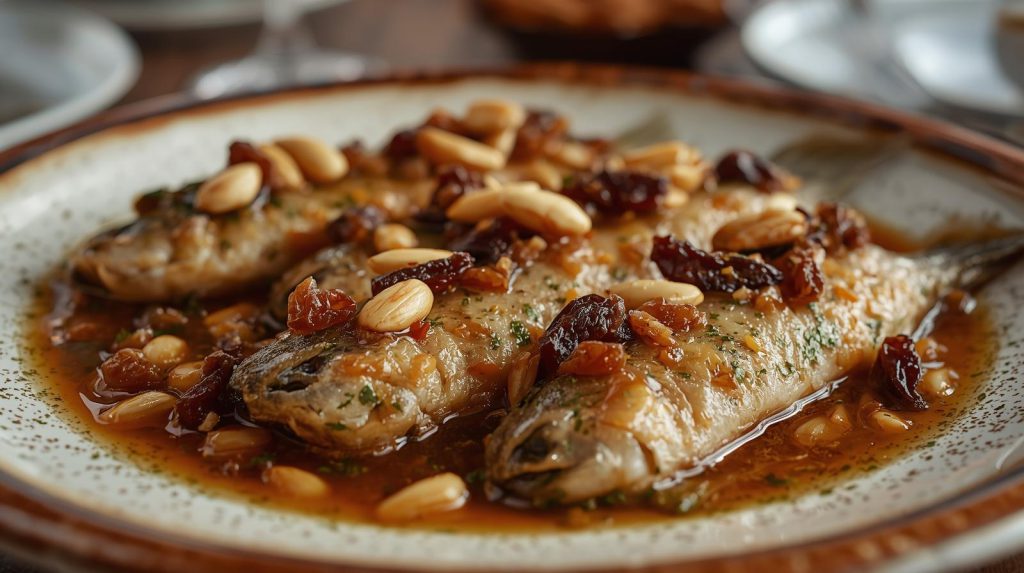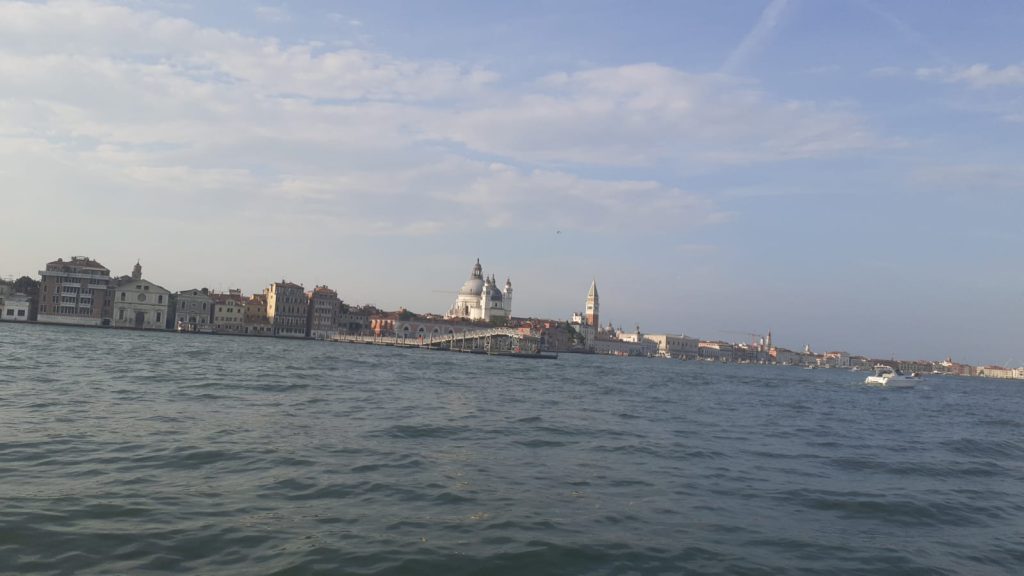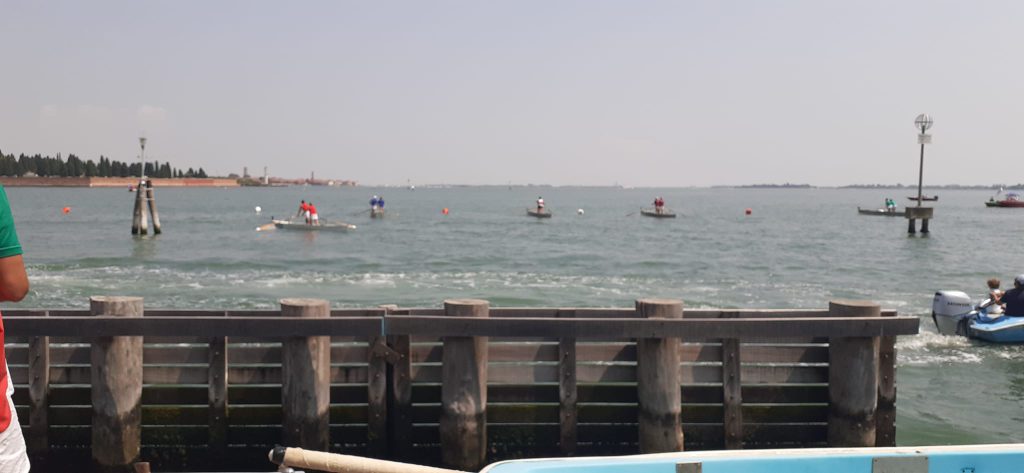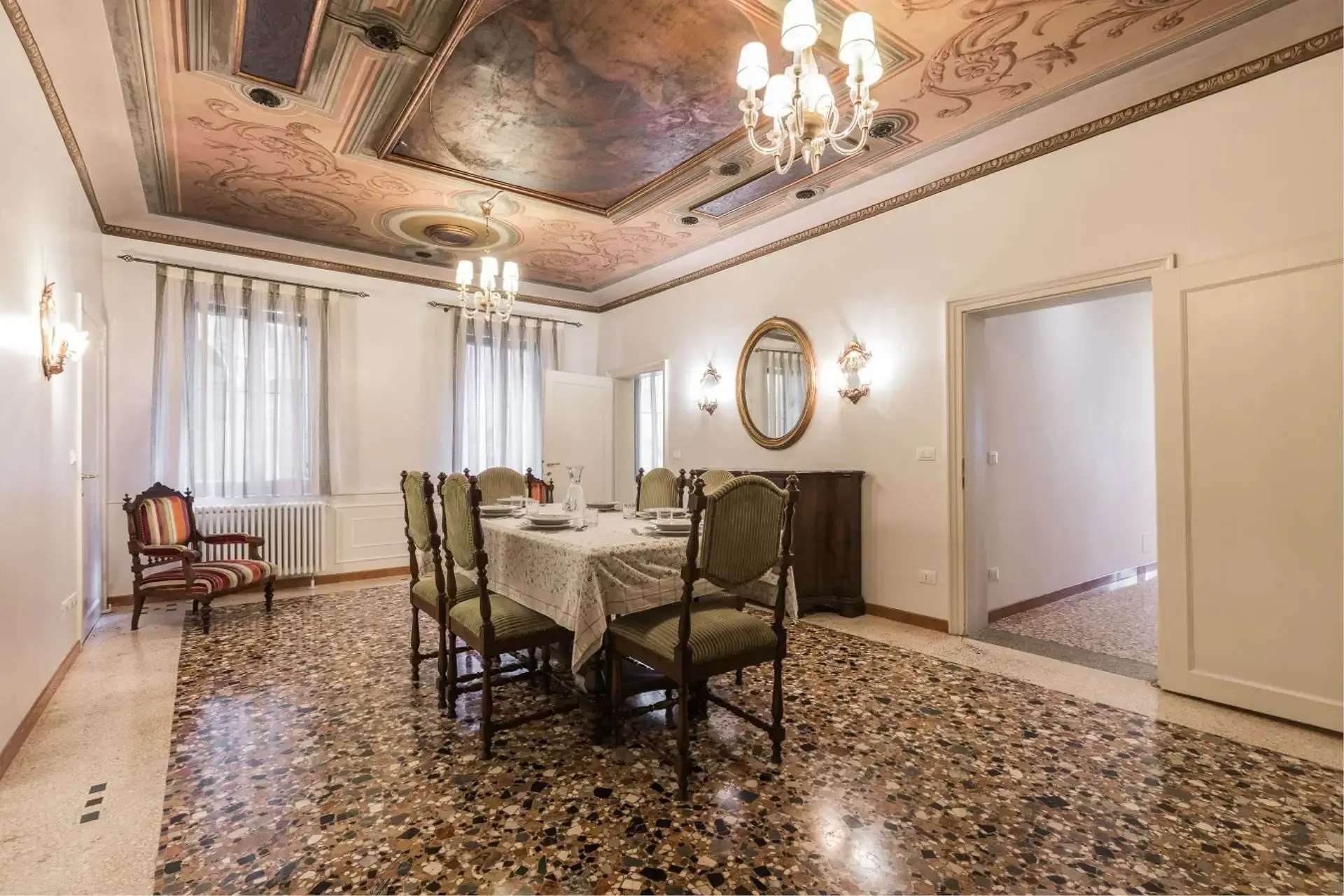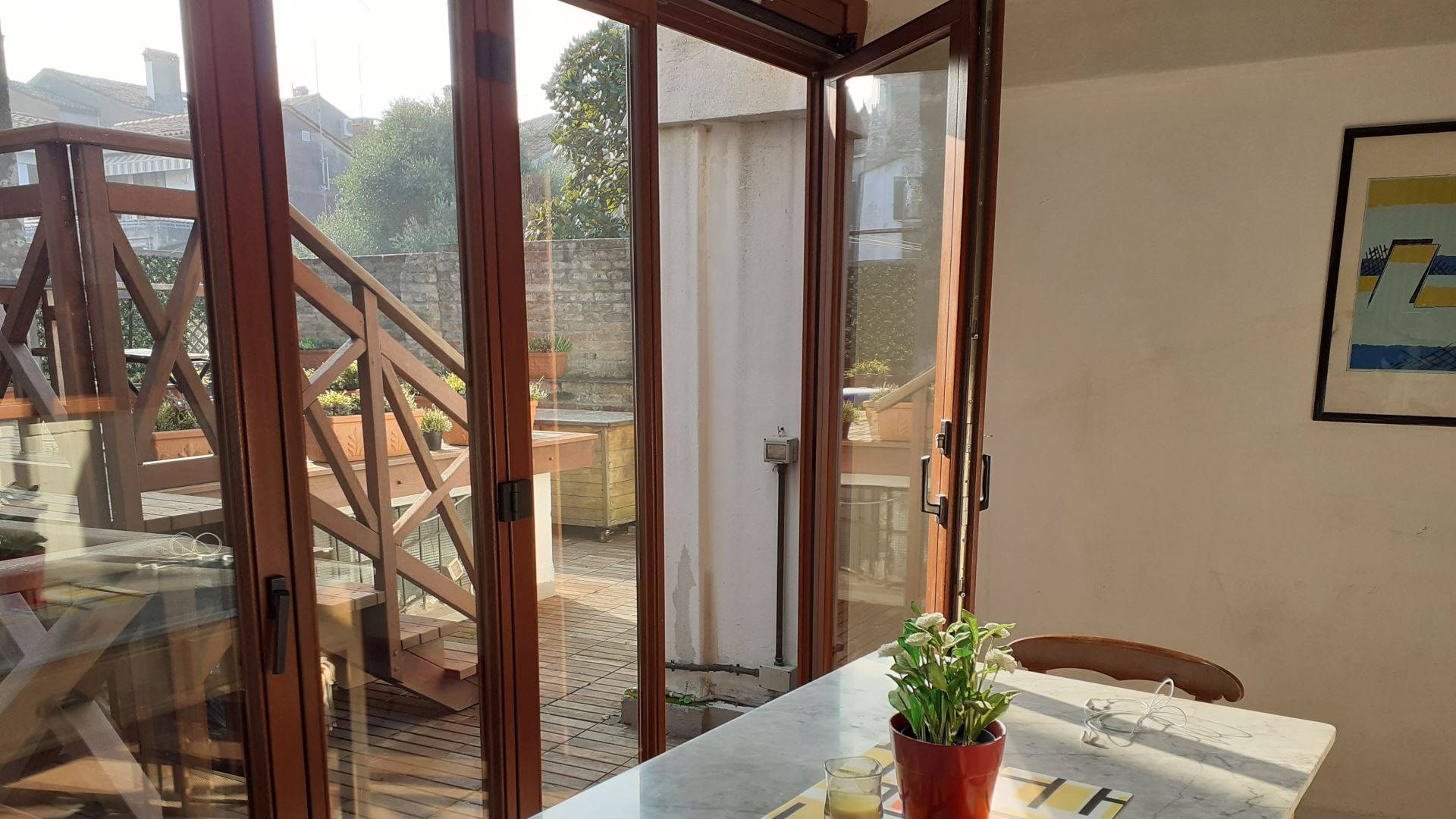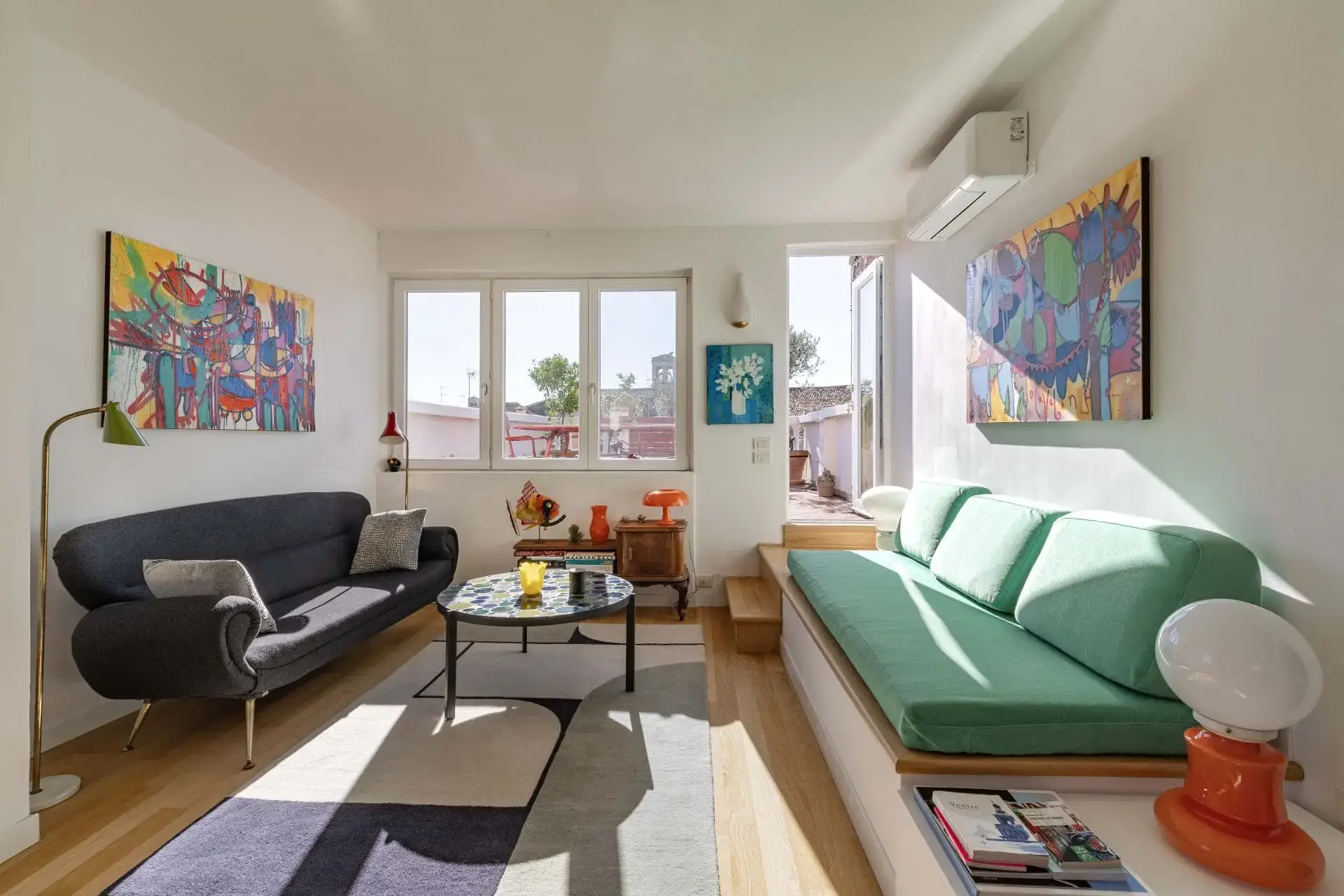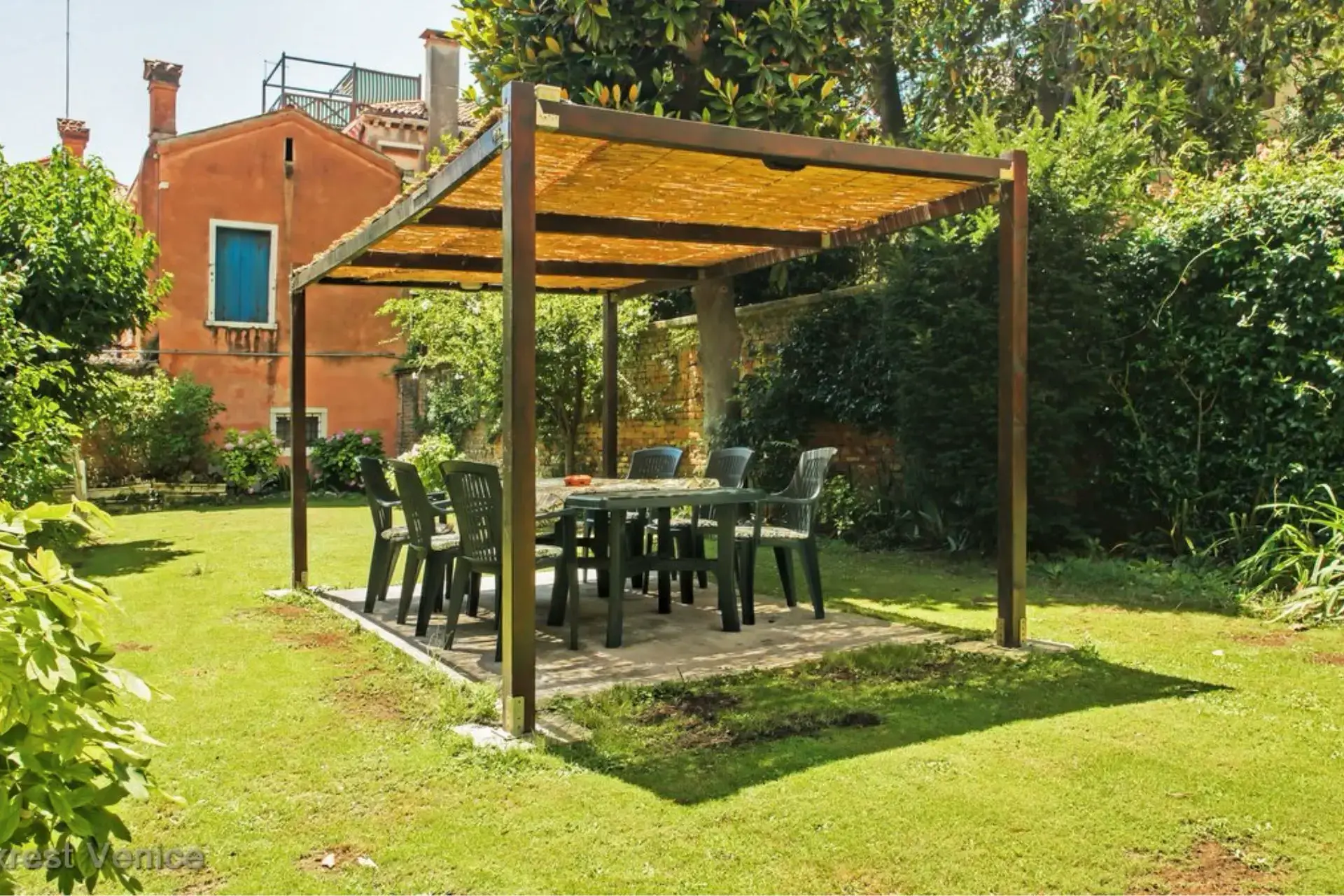Discovering Venice
Some tips and information to live Venice as insiders
Table Manners Event at Barbati Gallery in Venice
Luxrest Venice is very proud to have had the opportunity to contribute, even in a…
Usual and unusual things to see in Venice
Happy New Year! January is one of the best times of the year to visit…
New Year, New Website!
Happy New Year from all of us at Luxrest Venice! With the new year, we’re…
Merry Christmas in Venice!
Luxrest Venice wishes to all of you a very Happy Christmas Holiday. May it be…
Signs of SAD? Enjoy the autumn festivities in Venice!
Feeling tired, melancholic and slightly lethargic? It could be due to the season – the…
The least known votive bridge in Venice
Most people know about the temporary votive bridges for the Redentore and the Salute festivities…
Saor 2025 to celebrate Venetian cooking
Did you know there’s a Venetian food festival? It’s called SAOR 2025 and will be…
Technical tests for Redentore 2025
The Redentore night is coming! Venice is preparing for one of its most authentic festivities!…
A Venetian Sunday dedicated to boats
Are you tired of reading about the Bezos-Sanchez wedding in Venice, currently on? Are you…

